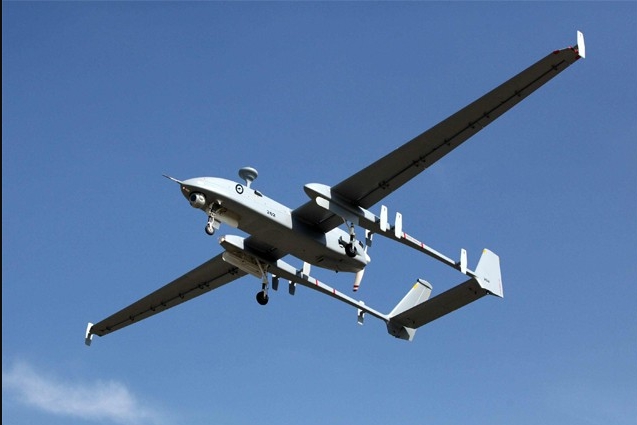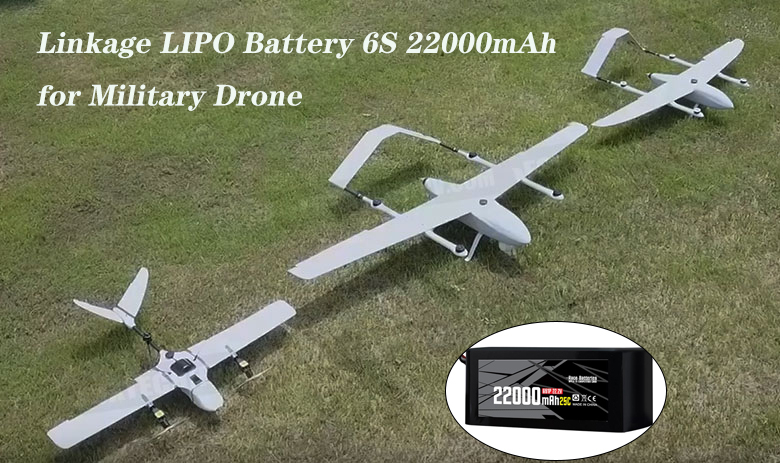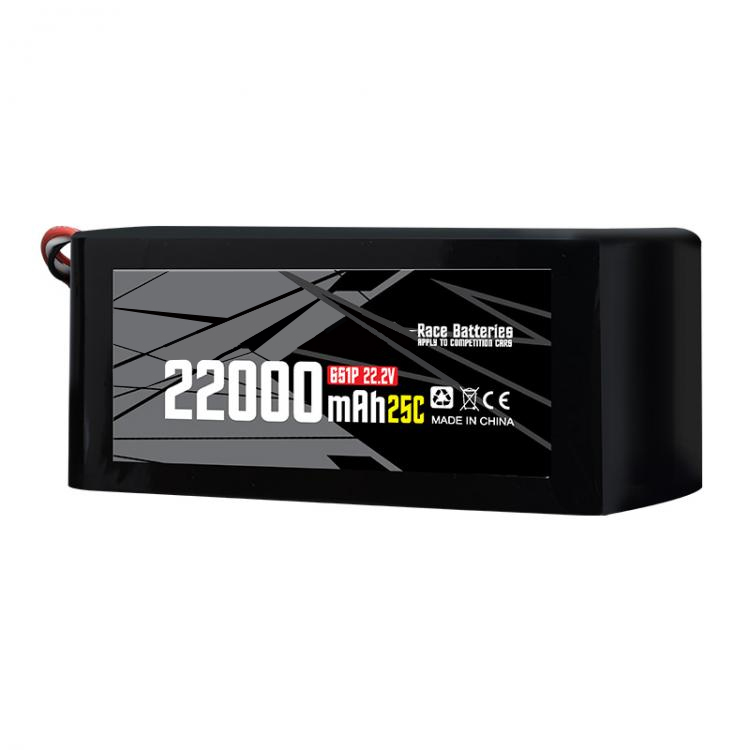- 26
- Nov
মিলিটারি ড্রোন মার্কেট
Entering this year, the number of drones in the public eye has increased significantly. Nowadays, drones, as “flying cameras”, have quietly become popular among young people. However, it would be a mistake to think that these are the only things that civilian drones can do. With the rapid progress of UAV technology and its deep integration with big data, mobile Internet and other information technologies, UAV, as an information collector, has penetrated deeply into every field of people’s life, and has been widely used in electricity, communications, meteorology, agriculture, forestry, ocean, film and television, law enforcement, rescue, express delivery and other fields. And in many fields have shown excellent technical effects and economic benefits.

The civilian uav market will see a surge in battery demand in the spring
Institutional statistics show that the shipment of civil uAVs in China has reached 2.96 million in 2017, accounting for 77.28% of the global market, and it is expected that the shipment of civil UAVs in China will reach 8.34 million by 2020. Globally, more than 10 million units will be shipped.
linkage High Voltage Battery 6S 22000mAh for Military VTOL DRONE


On the other hand, the government also supports the development of the civilian uav market. According to the Guidance on Promoting and Standardizing the Development of Civil UAV Manufacturing issued by the Ministry of Industry and Information Technology, the output value of China’s civil UAV industry will reach 60 billion yuan by 2020. By 2025, the output value of civilian drones will reach 180 billion yuan, with an average annual growth rate of more than 25 percent. To regulate civil uav industry development, on November 23, compiled the ministry also released the conditions of unmanned aerial vehicle (uav) manufacturers specification (draft) “, is intended to speed up cultivating superior enterprises, improving the quality of industrial development, hope our country civilian uavs in industry scale, technical level and continue maintaining the momentum of international leading enterprise strength. On the international front, according to foreign media reports, the International Organization for Standardization (ISO) has released the draft of the world’s first standard for the use of unmanned aerial vehicles (UAVs). The draft will be open for public comment by January 21 next year, and it is expected to be incorporated into the ISO standard system later next year. All these indicate that the uav market is ushering in the development opportunity period.
Compared with traditional batteries, lithium polymer batteries have become almost standard for civilian drones due to their light weight and high discharge rate. Some institutions predict that by 2020, the uav market demand for power battery will exceed 1GWh and is expected to reach 1.25GWh, or become one of the fastest growing industries in the field of lithium ion battery application. Peter Bunce, president of the General Aviation Manufacturers Association of The United States (GAMA), also said in an interview with BatteryChina.com that in the field of small aircraft, such as small unmanned aerial vehicles (UAVs), power batteries have shown their advantages and a promising market.
Short endurance is a big pain point for drones
In recent years, the continuous decline in the price of lithium batteries and other uav parts has reduced the overall cost of UAV, and also played an important role in boosting the rapid development and promotion of civil UAV industry. However, it is undeniable that the short battery life of uav is still a short board restricting the development of UAV industry, and it is also a technical problem urgently to be overcome in the development of UAV in the world.
“On the market at present the mainstream consumer endurance uavs, generally within 30 minutes, mainly considering the battery capacity and battery weight balance,” big xinjiang innovation technology co., LTD., a former employee to battery China further explained, “increasing the weight of battery capacity, nature also increases, will affect the uav flight speed and battery life. “It’s a trade-off between battery capacity and weight.”
That is to say, the current mainstream consumer uav, more than half an hour do not come back, will run out of power and crash. Of course, in order to prevent this situation, civilian uav companies will carry out corresponding system alarm Settings and training guidance, but this is not a satisfactory final solution.
In addition, there are many factors that can reduce uav flight duration, including wind, altitude, temperature, flight style and power consumption of information acquisition hardware. For example, drones can fly for less time in windy weather than usual. If the drone is flying vigorously, it will also lead to a much shorter endurance.
There is huge potential in the professional uav market to improve endurance
Data showed that global shipments of civilian UAVs reached 3.83 million units in 2017, up 60.92% year on year, among which shipments of consumer UAVs reached 3.45 million units, accounting for more than 90% of the total, while the market share of professional UAVs was less than 10%. If the consumer UAV expands the customer group to the public with aerial photography, aerial photography of extreme sports, aerial photography of scenery, etc., then with the continuous progress of technology and the continuous low cost of hardware equipment such as lithium battery, The market value of professional-grade UAV in such fields as electric power inspection, film and TV drama shooting, logistics express, oil pipeline inquiry, application communication, meteorological and environmental protection monitoring, agriculture and forestry operations, remote sensing surveying and mapping will also be gradually excavated and popularized on a large scale. At that time, the demand prospect of lithium battery of civilian uav is also very considerable. But at the same time, professional-class uAVs will have higher requirements for battery life, load and stability.
How far a drone wants to fly depends on the battery. A big pain point for electric cars is range, but it’s still measured in hundreds of kilometers. We now mention that civilian UAV still stays in the endurance of this level, it can be seen that the gap between the two is still very obvious.
Some industry analysts believe that the technical barriers are relatively high because civil uav, especially professional uav, has significantly higher requirements on energy density, lightweight and multiplier performance of lithium batteries than other application fields. Therefore, the domestic high-end uav supporting lithium battery enterprises are significantly less than other application fields. At present, only Ewei Lithium energy, ATL, Guangyu, Greep and other parts of the ternary soft pack battery enterprises have a layout in this field.
The wide application of power battery in the field of new energy vehicles has accelerated the reform of the automobile industry. The global automobile giants and governments are vigorously promoting the strategy of vehicle electrification. Similarly, batteries, as an important carrier of the energy revolution, have inestimable potential in aviation. Let’s wait and see.
